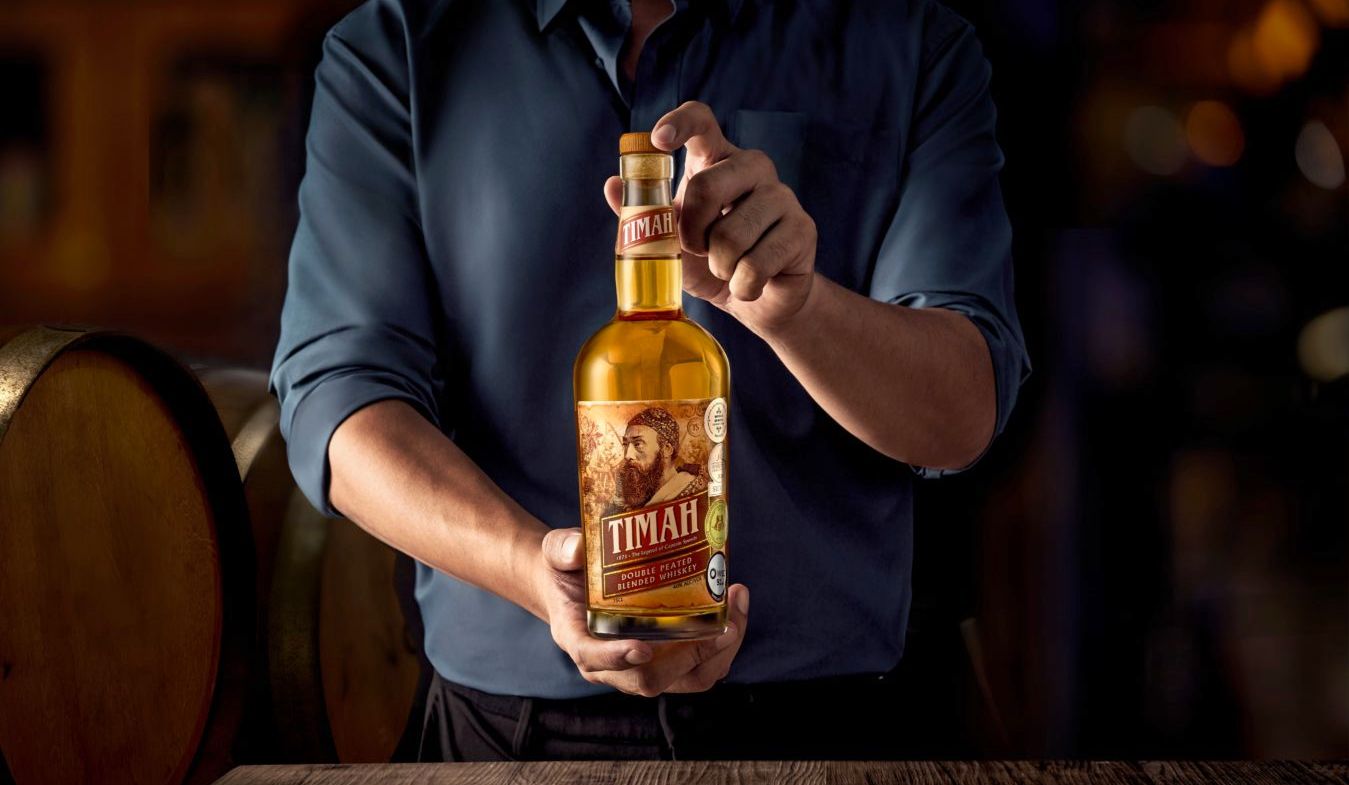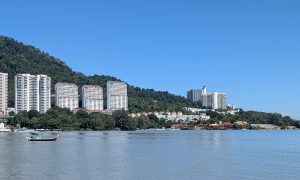Malaysians are enduring one of the more embarrassing, petty political episodes in recent memory – all while Timah is riding high from a tsunami of free publicity.
How many weeks has it been now? How long has the manufactured “Timah whiskey controversy” been in the news?
As Malaysians begin the process of recovery from a nearly two-year-long pandemic, slowly reclaiming bits of their former lives, with the economic fallout still devastating many, a handful of people in the government have decided that what’s really important is repeatedly attacking the name of a made-in-Malaysia alcoholic beverage.
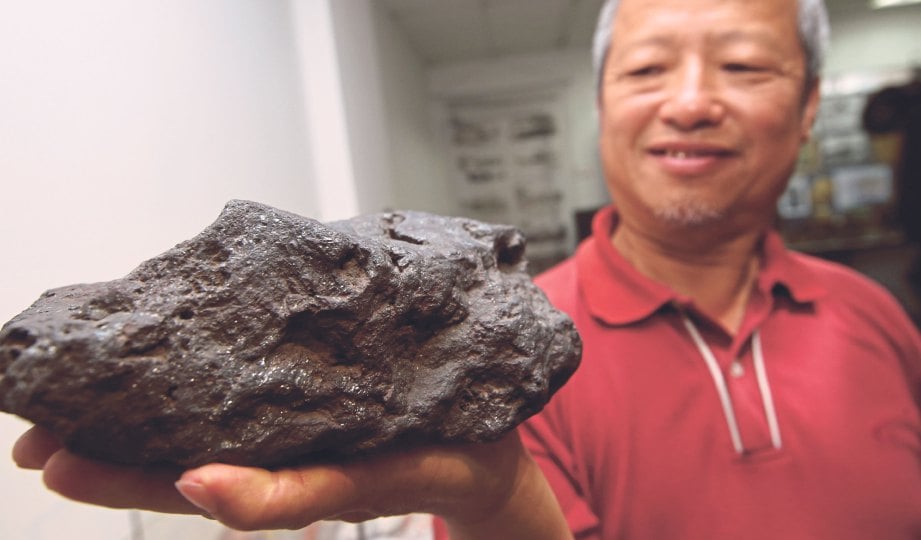
Granted, it might be considered a bit perplexing that Winepak, the company that manufactures Timah, chose a Malay word that means “tin” (or now to hear it, “iron ore“) as the name for their spirit, but really, it’s just a word.
Nevertheless, a few “leaders” in the current government – primarily, but not exclusively from the PAS wing – have chosen to make this product’s name their battle cry. Despite a recent ruling by the Cabinet (yes, an actual Cabinet ruling came to bear on this issue) that allows Winepak to continue using the word “Timah” for its product, PAS is still howling about it. (In fairness, the issue even caused division within PAS itself, with some members briefly taking opposing sides in the argument.)

Now, I could harp on about how, by the legal standards of countries well-established in the distillation and regulation of whisky (Scotland) or whiskey (Ireland and the United States) – same thing, different spelling – what is packaged and marketed as Timah whiskey here isn’t really whisky. True whisky, at least by those countries’ standards, is made only from cereal grains (corn, barley, rye, wheat, etc.). Timah, however, is a blend of imported malt whisky (made from barley) that’s mixed here in Malaysia with neutral cane spirit (made from molasses), so it’s more a compounded hard liquor or a spirit beverage. I could say that the biggest problem with the label isn’t that the product is calling itself “Timah,” but that it’s calling itself “whiskey” – but that’s not the point of this article. The fact is, Malaysian regulations are JUST vague enough for this product to legally be called whiskey here, and to be fair, it’s a perfectly drinkable spirit, though offering anything beyond that is going to be inherently subjective.
It’s also not my point to question the motives (or logic) of those making all the noise. After all, Muslims are indeed not permitted to drink alcoholic beverages, and Timah should not be marketed or sold to them. But regardless of the brand’s name or the depiction of colonial Brit Tristram “Captain Speedy” on the label, Timah is unquestionably an alcoholic beverage. It looks like whiskey, it says “whiskey” on the label, it sports a bold ARAK MENGANDUNGI sticker on the bottle, and it’s sold in liquor stores or liquor sections of other stores. The claims that it may cause “confusion” are spurious, at best – but again, that’s not really the point here.
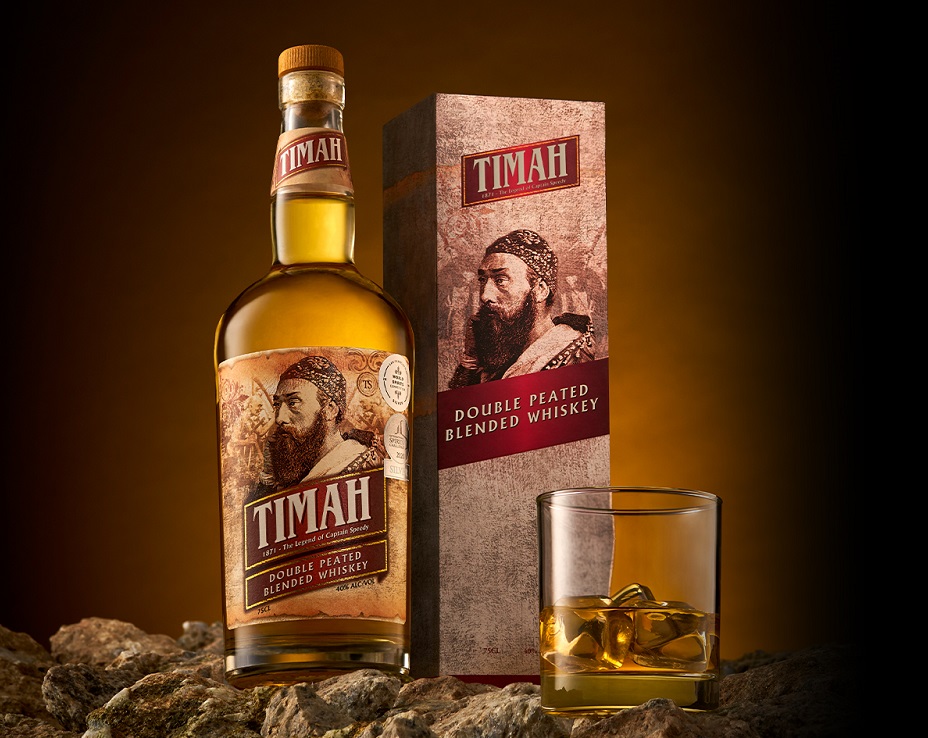
The point of this article is to spotlight the inarguable fact that PAS and a tiny handful of others have unwittingly made Timah whiskey the hottest spirit brand in the country. Don’t believe me? Try finding a bottle to buy.
THE STREISAND EFFECT
Two phenomena come to mind when I take all of this in. First is the old saying, “There’s no such thing as bad publicity.” Now, whether that’s true or not is certainly up for debate. But the idea is that, at least as far as advertisers go, anything that gets people buzzing about your product is good publicity. In that measure, it’s hard to deny that this controversy has delivered a staggering amount of free press to Timah whiskey. I’m sure Winepak is grateful for the massive bump in sales.
The second is the so-called Streisand Effect. And yes, it’s named for the legendary singer and actress.
In 2002, an effort to document coastal erosion in California (in order to influence future policymaking) as part of the California Coastal Records Project ended up including an aerial photo of Barbra Streisand’s swanky residence in Malibu. Apparently upset by the realisation that her huge mansion was a visible thing that other people could see, Streisand subsequently sued the photographer and his company in 2003 in a bid to have the offending photo removed from the records.
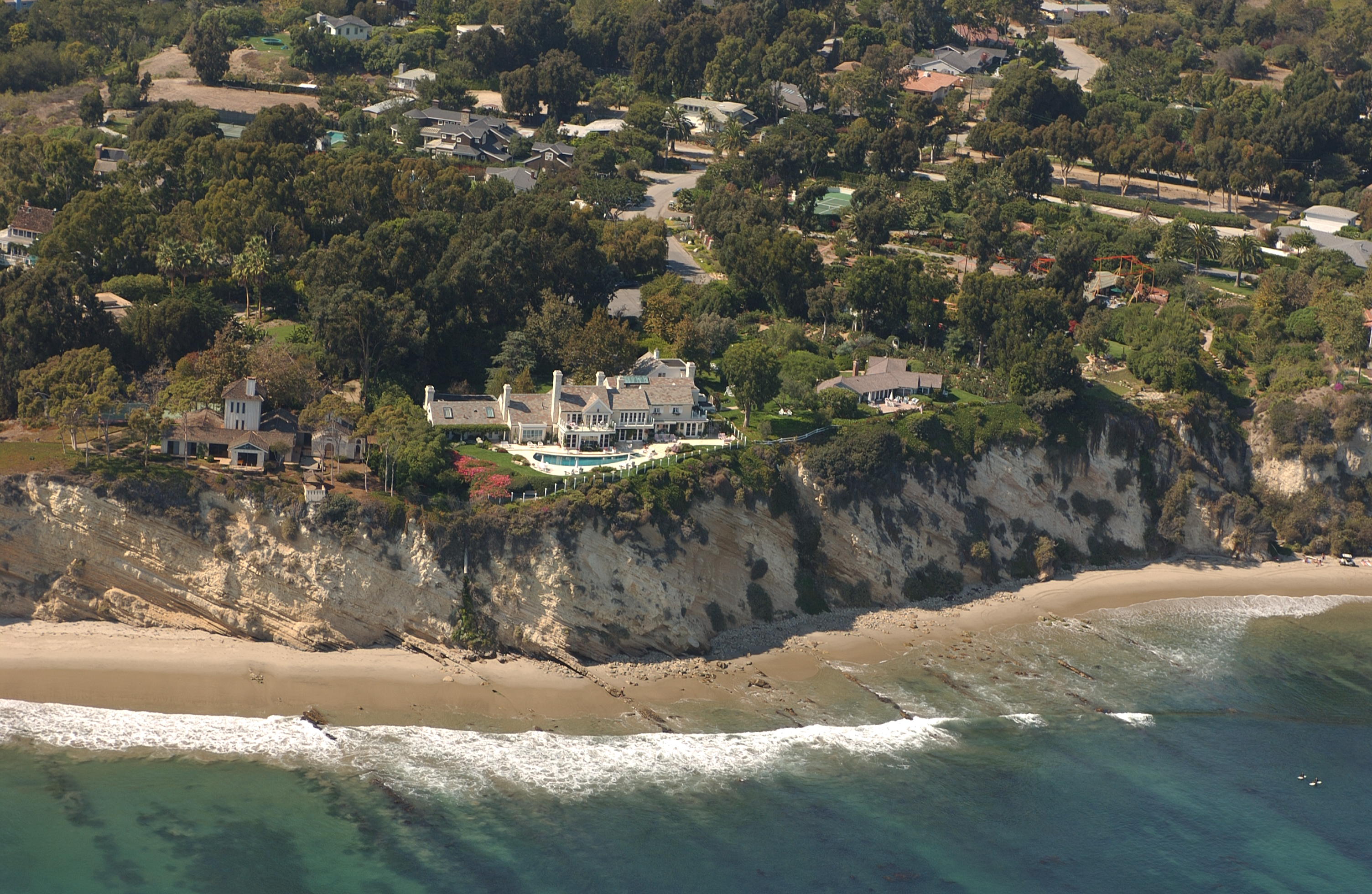
And that’s where it gets interesting. Prior to the lawsuit, the photo that included Streisand’s mansion had been downloaded a grand total of six times. Six times! – and two of those downloads were by Streisand’s attorneys! But, as a result of the lawsuit, public knowledge about the photo increased by many orders of magnitude, and within a month’s time, over 420,000 people visited the site to view the photo. (Adding insult to injury, the lawsuit was thrown out, and Streisand was ordered to pay the photographer’s legal fees, which totalled a whopping US$156,000.)
Two years later, a very niche (and odd) website featuring photos of urinals in public places was served with a removal notice by a beach resort, demanding they take down the photo of a urinal at their property. A writer for a regional magazine caught wind of the tale, and, hearkening back to the incident with Streisand, wrote, “How long is it going to take before lawyers realize that the simple act of trying to repress something they don’t like online is likely to make it so that something that most people would never, ever see (like a photo of a urinal in some random beach resort) is now seen by many more people? Let’s call it the Streisand Effect.”
So yeah, now that’s a thing. “The Streisand Effect” is simply what occurs when, by trying hide, censor, remove, or suppress something, the unintended consequence is vastly increasing awareness of that very thing.
According to psychologists, the phenomenon is an example of something called psychological reactance, which in technical terms, means that once people are aware something is being kept from them, they become significantly more motivated to access it.
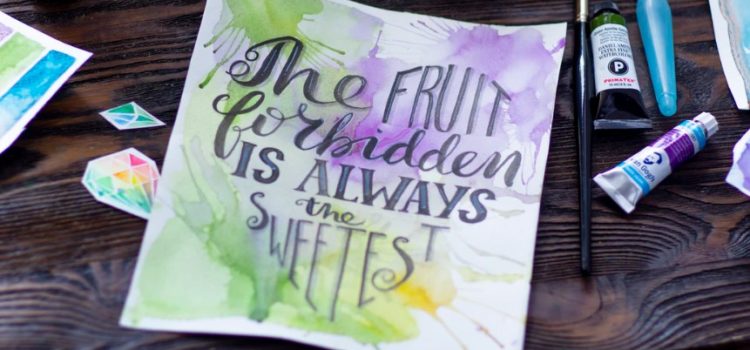
In layman’s terms, most of us know this all too well: If someone tells you that you can’t have something, it becomes “forbidden fruit” and simply makes you want it even more.
And that’s exactly what PAS (and some from other political parties, as well), in their blundering, ill-advised efforts to force a name change on a silly bottle of not-really-whiskey, have done for Timah. It’s a great likelihood that Timah is now more well-known (by name, at least) among Malaysians than even some of the world’s most famous (and indeed actual) whiskies.
Worse, Malaysians have to live forever with the ignominy of one of their own lawmakers (Rusnah Aluai, PH-Tangga Batu) standing on the floor of the Dewan Rakyat and actually saying that by drinking Timah whiskey, “It is as though we are drinking Malay women” – a comment that led to widespread mockery and surely (hopefully) fixed itself as the low point in the entire Timah kerfuffle.
The MP later apologised, but if nothing else, it gave Malaysian comedians – both real and self-styled – plenty of fodder for jokes. Even MP Syed Saddiq weighed in, tongue firmly in cheek, wondering if Dutch Lady milk was going to be a problem now.

Let’s hope the divisive bluster fades away soon, and the laughter remains. We could all use a little less of the former and a lot more of the latter.


